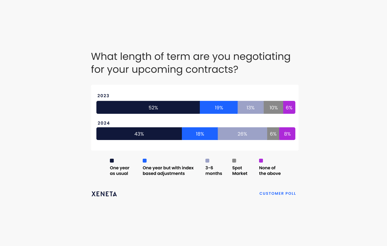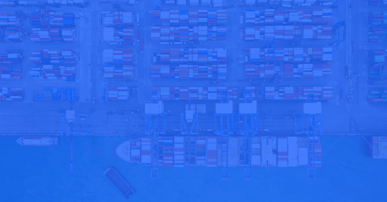It was different pre-Covid.
Typically, in the four-week run-up from 1st January to the start of Lunar New Year, box rates would rise, container availability in Asia would start to tighten, and neophyte traders and western buyers would panic. Traders would suddenly realize that the holiday was far more complicated than an evening of fireworks and large red dragon kites during this period.
In China and Asia, the holiday caused close to a three-week dislocation in cargo availability as factories and ports slowed or closed as workers streamed home in order to spend the holiday with their families.
But in reality, scheduling Asian export cargo availability and shipping gaps due to Lunar New Year was no more challenging than planning one's import shipments to have them in place in North America or the EU prior to the Christmas holiday season. The dates of each holiday are known well in advance, so it was just a question of scheduling and communicating between shipper – shipping company – receiver.
But it's clearly different today.
Lunar New Year in China is virtually canceled for the third year running as China's Zero-Covid policy has now turned into Zero-Omicron policy. Beijing's strategy of locking-down cities and curbing domestic travel includes and affects container movements and port operations.
The port cities of Tianjin and Dalian are currently affected. Two weeks ago, authorities in the export hub of southern Guangdong province reported Omicron cases spread across the cities of Zhuhai, Meizhou, Zhongshan, and Shenzhen's major container ports. It is also worth remembering the supply chain and rate chaos caused recently when Ningbo and Yantian port operations. While box rates are ostensibly dropping since 1st January, surcharges serve to continue padding the carrier's bottom line.
A look at our platform reveals Shanghai-Los Angeles Port short-term freight rates, for 40' standard dry container, dropped slightly (US$ 8044 – 8035, or .11%) in the first two weeks of January (1-14), where the carriers were charging 'priority shipping fees' ranging from US$ 1 272- $ 1727 /box. In the same two-week timespan, the Shanghai- North European Main loop rates decreased by only 0.01% (US$ 14468-14466), with 'priority shipment fees of US$ 573- $ 2732/box.
It's no wonder consumer confidence is starting to drop worldwide; with the box carriers implementing surcharges that can equal or exceed the actual ocean rates charged, prices worldwide are skyrocketing as shortages continue to plague both B2B and retail.
However, in today's Covid world, the relationships between rising box rates and Lunar New Year may be obsolete. Two weeks ago, Pacific Maritime Association reported 800 dockworkers (10% of the workforce) as unavailable to work at Los Angeles/Long Beach ports due to Omicron-related reasons. With supply chains now reaching from inland China to Mainstreet Cincinnati and Hauptstrasse Duisberg, this would affect cargo availability more than CNY.
On the export end, the sudden Chinese lockdowns affect shipments as containers stop moving when drivers are forbidden to collect and/or deliver the boxes at the factories and ports – assuming factories and ports are open to load cargo into the boxes and boxes onto the ships.
The Covid problems in China will likely last far longer than Beijing admits. One reason is that recent reports say Beijing's Sinovac Covid-19 vaccine isn't as effective as the Pfizer/Moderna vaccines/boosters against the variant.
Our friends at Splash 24/7 reported how this combination of sudden lockdowns and less-effective vaccines resulted in the unintended consequence that "The population has virtually no antibodies against Omicron." Eurasia Group wrote in January 2022, "Keeping the country locked down for two years has now made it riskier to open it back up."
This gives Beijing no option but to maintain its immediate lockdowns and quarantines policy as workers plan their surge homeward for the 29th of January/1st February holiday, followed by the 2022 Winter Olympics in Beijing, from 4th February until 20th February.
With President Xi investing both significant prestige and money into making these Olympics a showcase, having them affected by the highly contagious Omicron variant would be a huge loss of face.
It seems likely the days of Lunar New Year affecting box rates are behind us, especially with Maersk's recent announcement on their website on how they expect shipping problems to carry over from 2021 to 2022: "Unfortunately, 2022 has not started off as we had hoped. The pandemic is still going strong, and unfortunately, we are seeing new outbreaks impacting our ability to move your cargo. General sickness remains high as key ports in key regions are seeing new COVID-19 peaks."
Indeed, these remain challenging times!
Want to learn more?
Check out our latest Xeneta Shipping Index (XSI®) Contract Market Report for January 2022.
%201.png)







